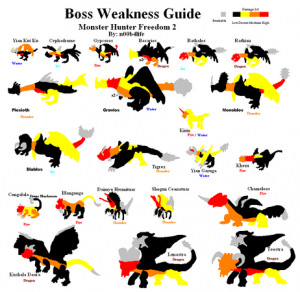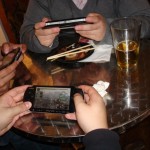http://www.youtube.com/watch?v=tMzpLnQtVuE – Dota 2 trailer
http://www.youtube.com/watch?v=ZmTRpTyYHIE – Completed Game, World Final.
DotA is one of the most famous games nowadays. It was created and developed in 2003 but millions of people still play it every day now. In a 2008 article of video game industry website Gamasutra, the article’s author claimed that “DotA is likely the most popular and most-discussed free, non-supported game mod in the world”. So what is DotA and why is it so popular? DotA stands for “Defense of the Ancients” and is a multiplayer online battle arena mod created and developed by Icefrog for Warcraft III. It was only a map of Warcraft III but now Valve Corporation makes it into a stand-alone game, DotA 2. The game is a battle between 2 teams (5 players per team), the objective is to attack and destroy the opponent’s Ancient. The Ancient is heavily guarded by structures and creeps spawn every 30 seconds. The players control a powerful hero chosen by them. There are 3 types of hero: Strength, Agility and Intelligence. As in role-playing games, players level up their heroes throughout the game and use gold earned to buy equipment to upgrade their hero. Now, what makes it so popular among game players around the world?
- Competition:
- It’s a player versus player game.
- Playing against AI is boring. Not because AI cannot be good but it only reacts according to what it was coded. Player’s creativity makes the differences.
- DotA is a fair measurement of players’ skill since you cannot know what your opponent will do in certain situation; even novices can catch the experts off guard and defeat them.
- People always want to win when playing against other players, which is a huge motivation for them to think and react better than they usually do.
- Skill:
- Online games nowadays are all about money; the more you pay, the better you will be. Skills only take a small part. In my opinion, I don’t like it. Why money always matter? Skill is what makes a good player.
- DotA is a fair game of skill. DotA players have good awareness, fast reaction as well as good strategy.
- So far, there are 110 heroes to choose from and each hero has 4 skills and 6 item slots. Therefore there are many combinations for a game, which require player to think and react accordingly.
- Since the outcome cannot be unforeseen, there is no skill that dominant. All skill is needed to be a good player and they can be improved by practices. Practice makes perfect.
- Chance:
- This feature is what makes players feel up and down many times.
- For example: there is a hero called Faceless Void and one of his skills gives him 10%/15%/20%/25% chance (according to level) of completely dodge any coming attack. This means that he can dodge 1 attack out of 4. But those are just number. There many videos online show void backtrack for nearly 10 consecutive times.
- The chance is truly random. For a Void player, he could feel really happy but for his opponent, they could feel really bad. However because it is random, people trying to kill Void never give up and Void also not afraid to jump into battle. You don’t know which side luck is on.
- http://www.youtube.com/watch?v=F_AOCcio5CA – Void backtrack x10
- Character Transformation:
- Any hero can grow strong. It depends on player’s skill and game situation.
- The main transformation is by buying items. You can earn money in game to buy new items. So depend on how well you earn the money, your hero will transform slow or fast.
- Players can buy any items that they feel suitable for the current game situation but one wrong items build can make you and your team loses.
- you can surprise and interest people by buying different items, but don’t lose because of it. Losing is not interesting at all.
- there is 5 players per team game so you can communicate with other player to create different team transformation suitable for the game.
- Cooperation:
- a competitive game but you play it 4 teammates.
- help you push up your teamwork and communication. Communication between players in DotA is really important since it’s a team battle, people watch each other’s back.
- Each player play different role. Some heroes are strong in the beginning; some are strong at the end of the game. So players have to support each other’s throughout the game.
- usually you can play with your friends or you can cooperate with other players around the world.

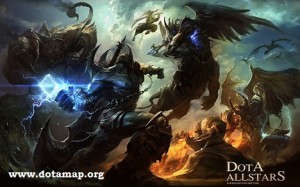
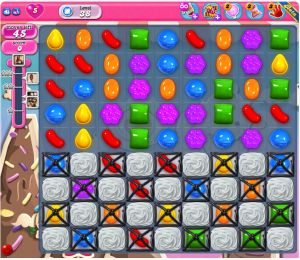
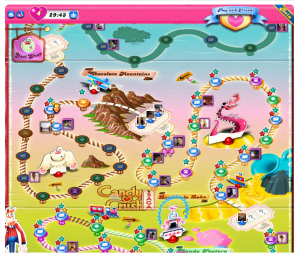
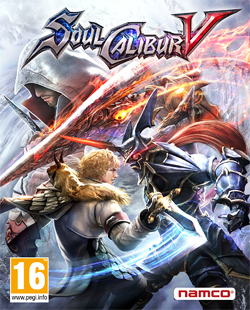
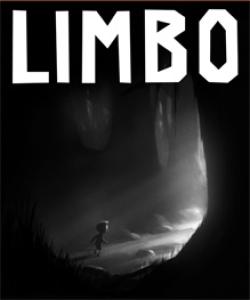
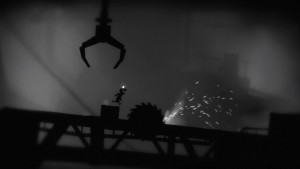
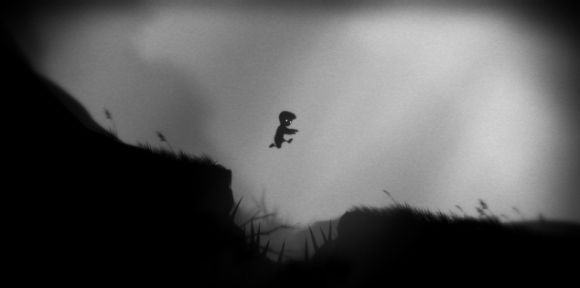
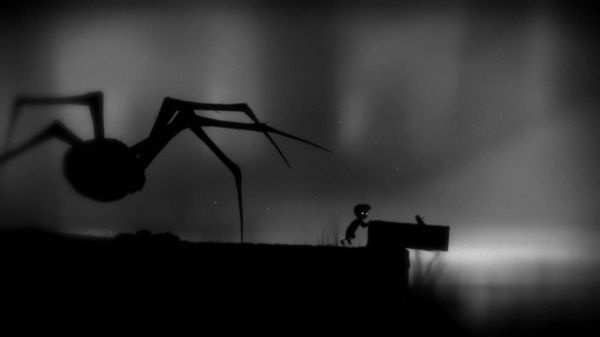

 Beauty
Beauty
